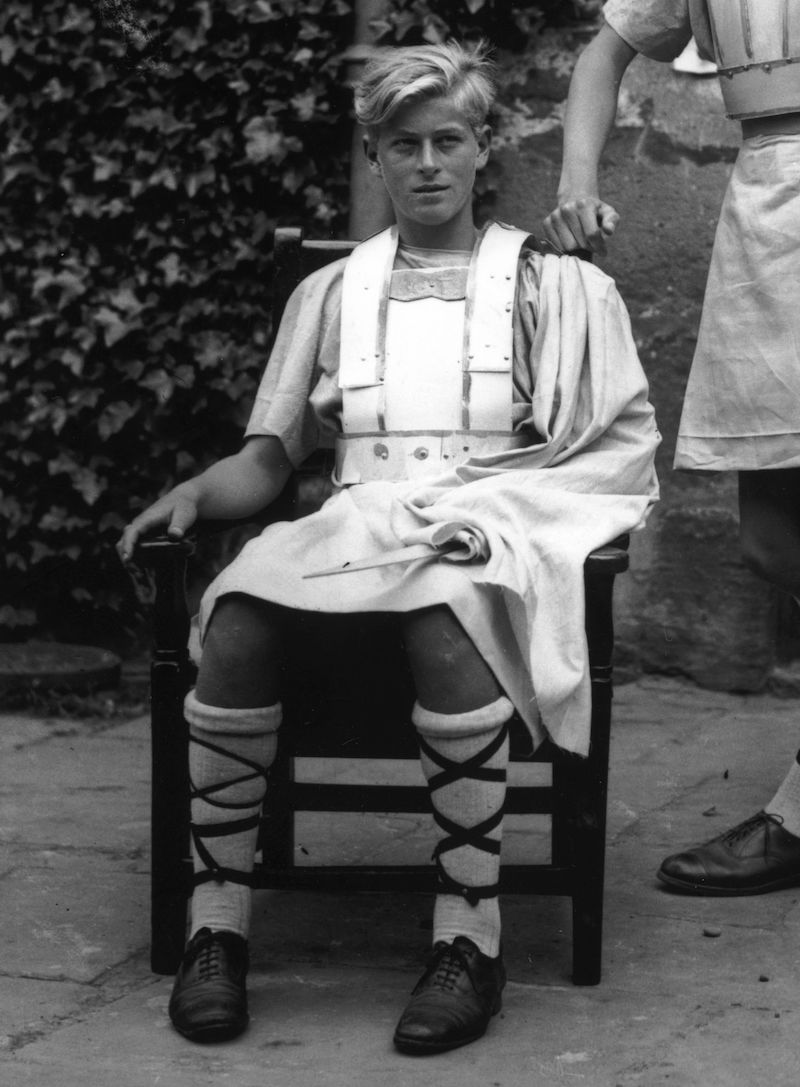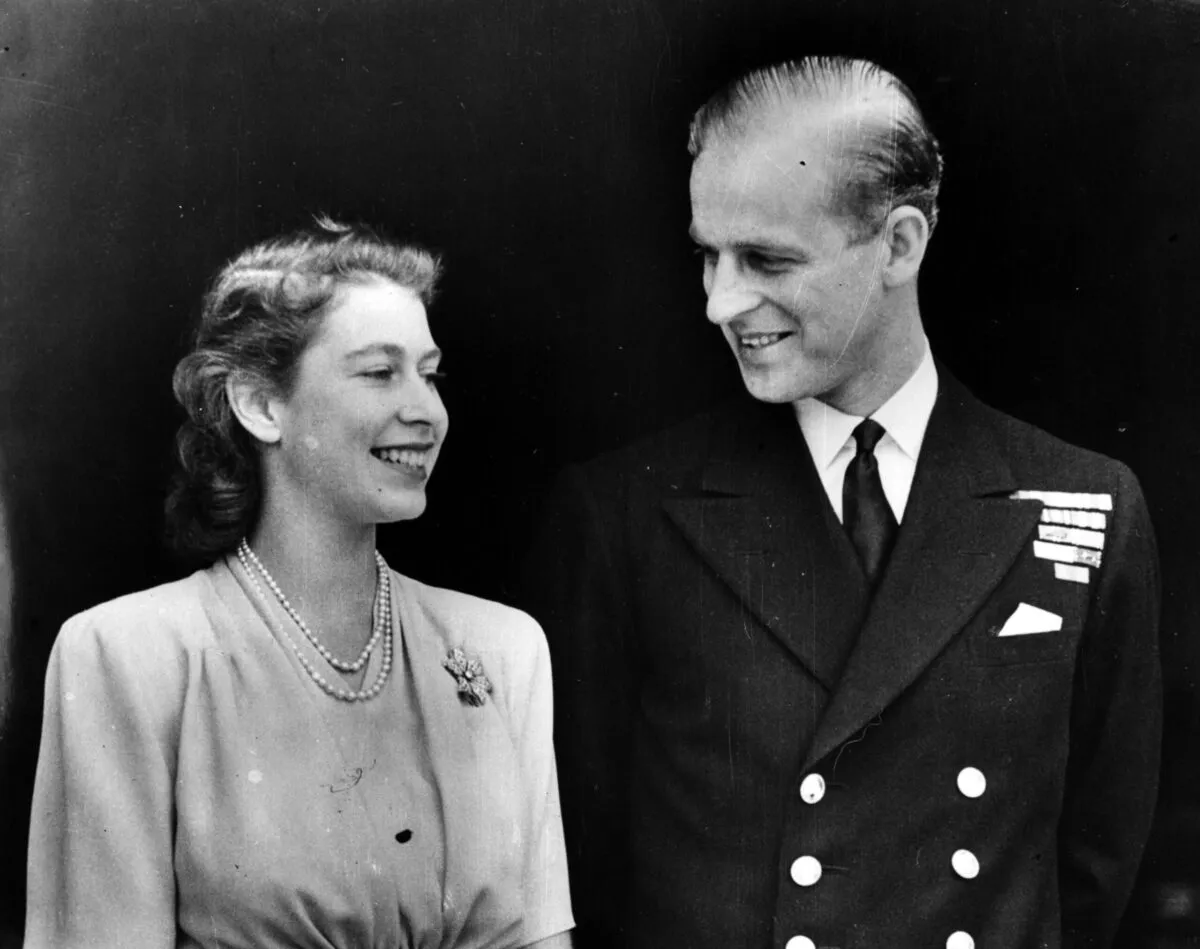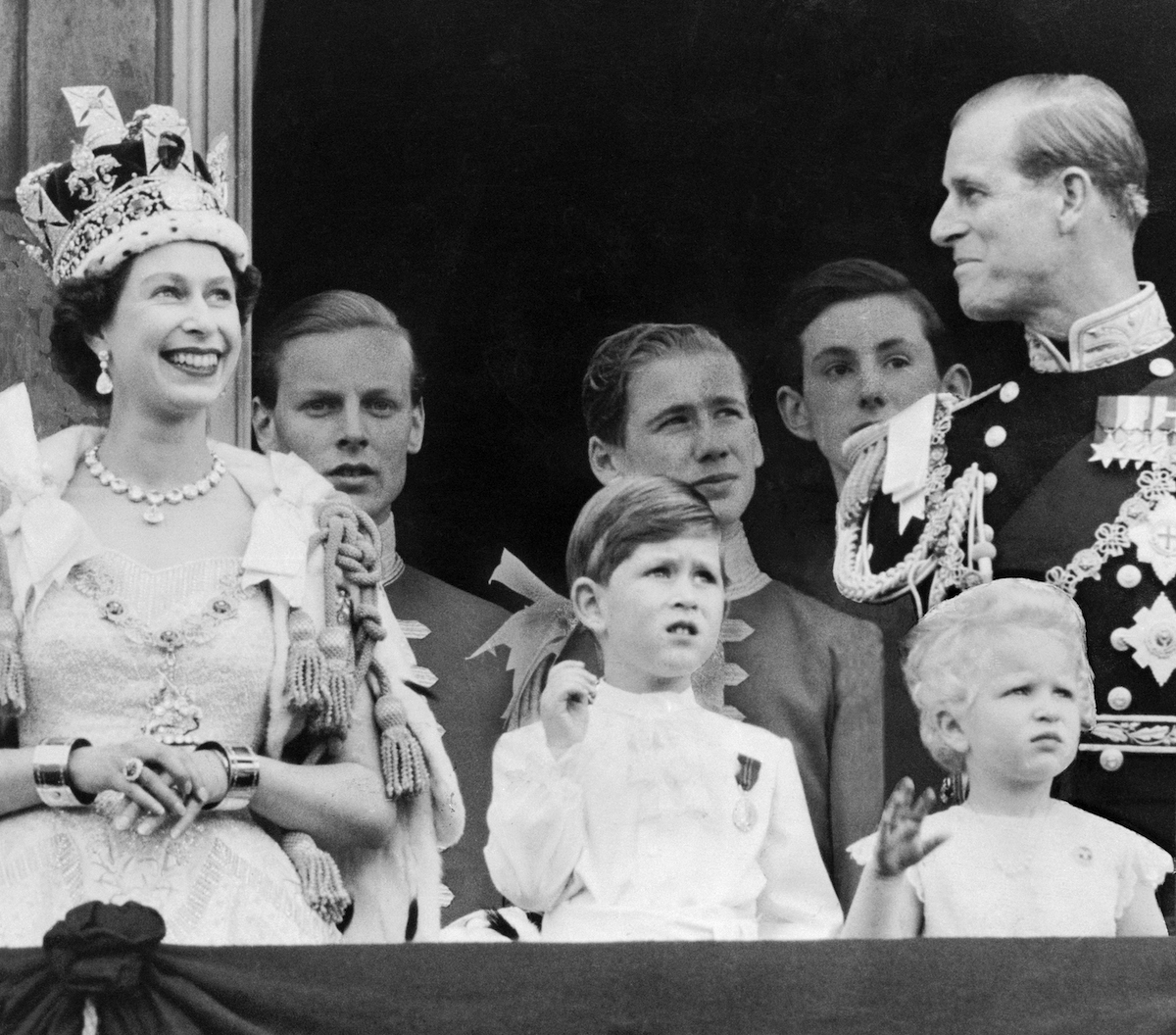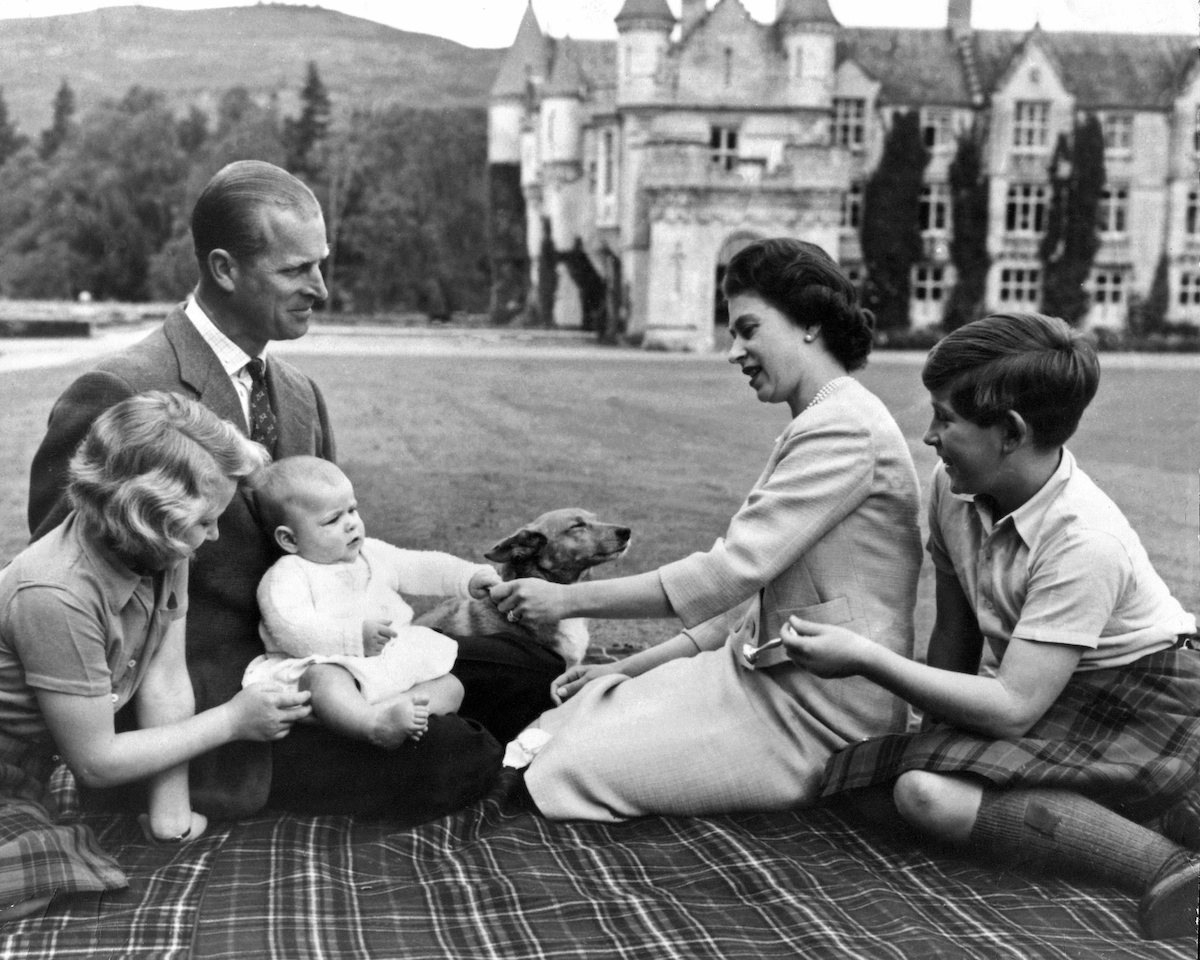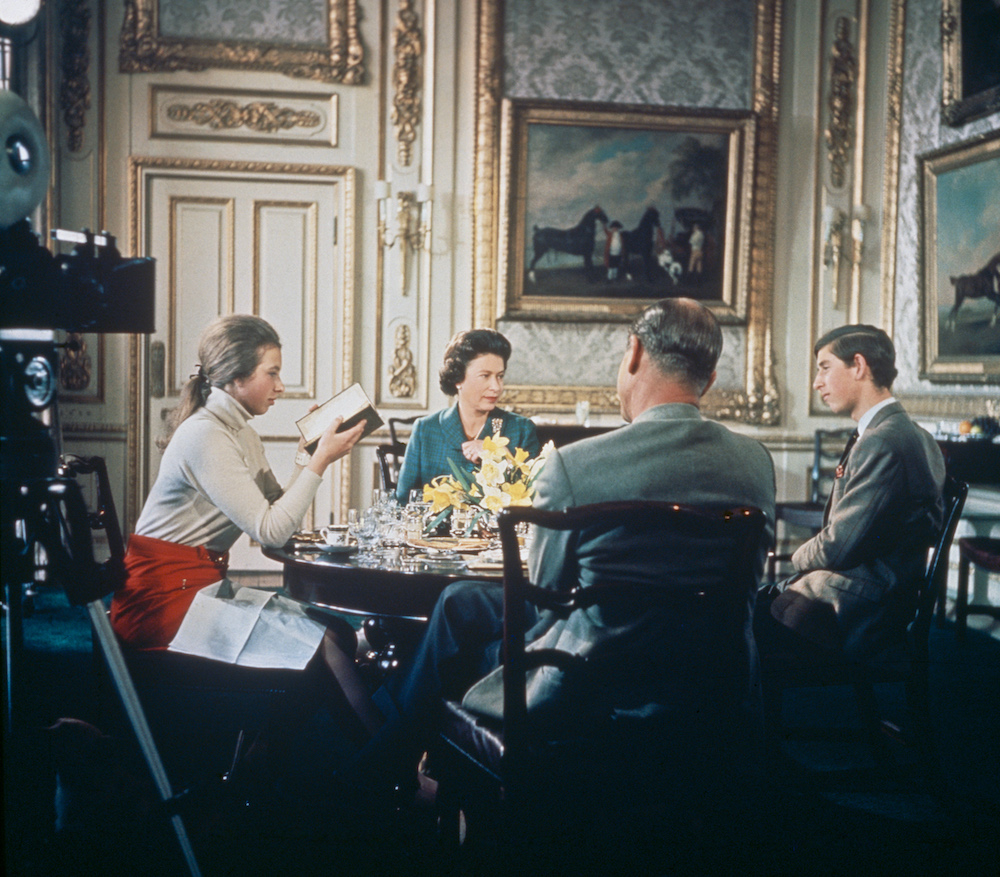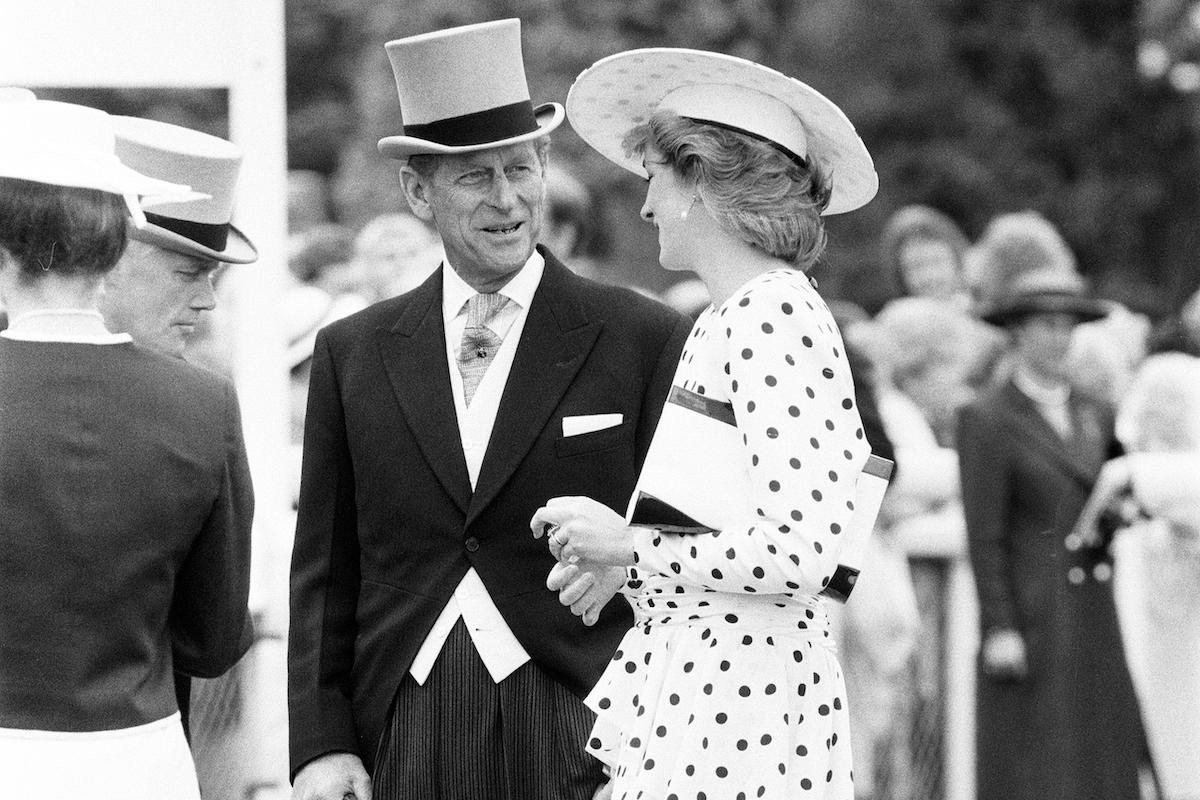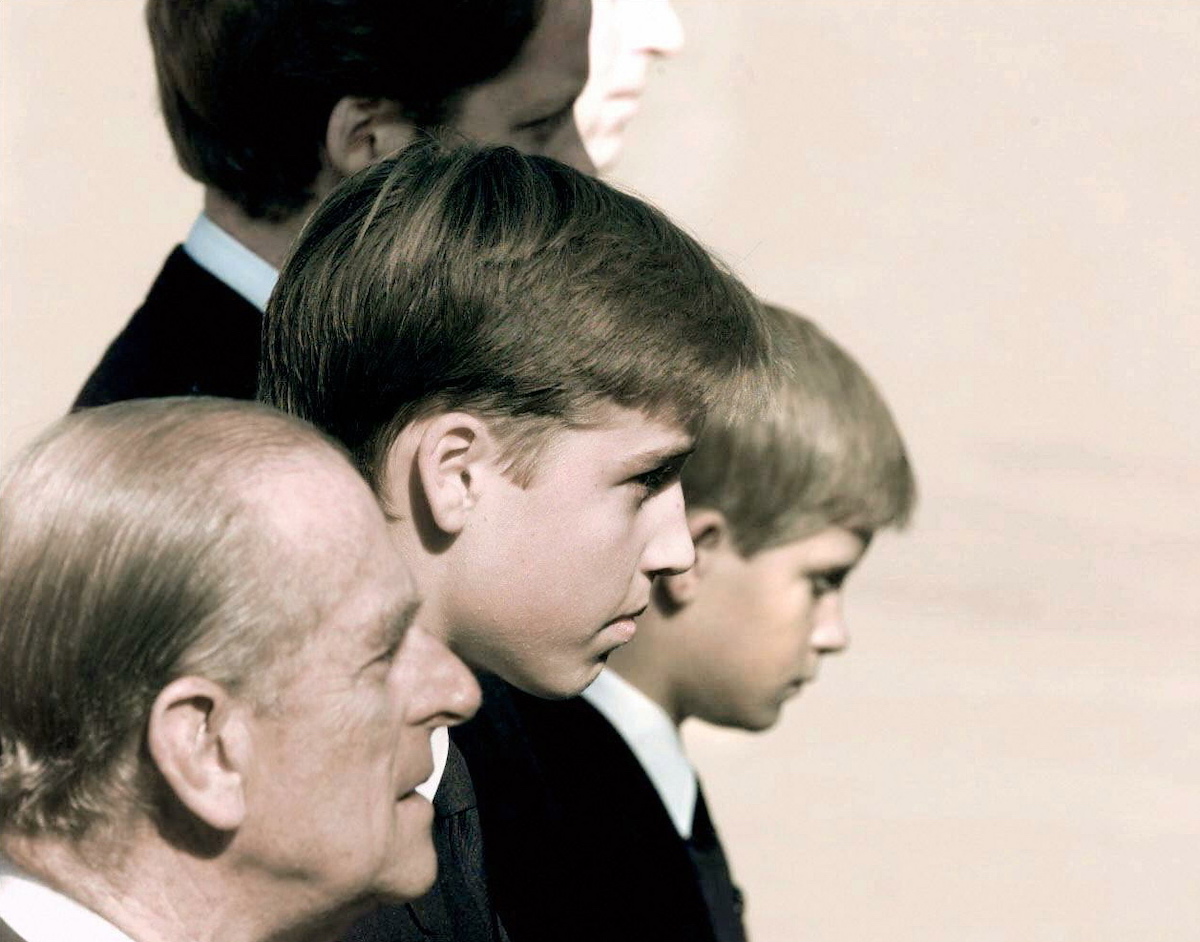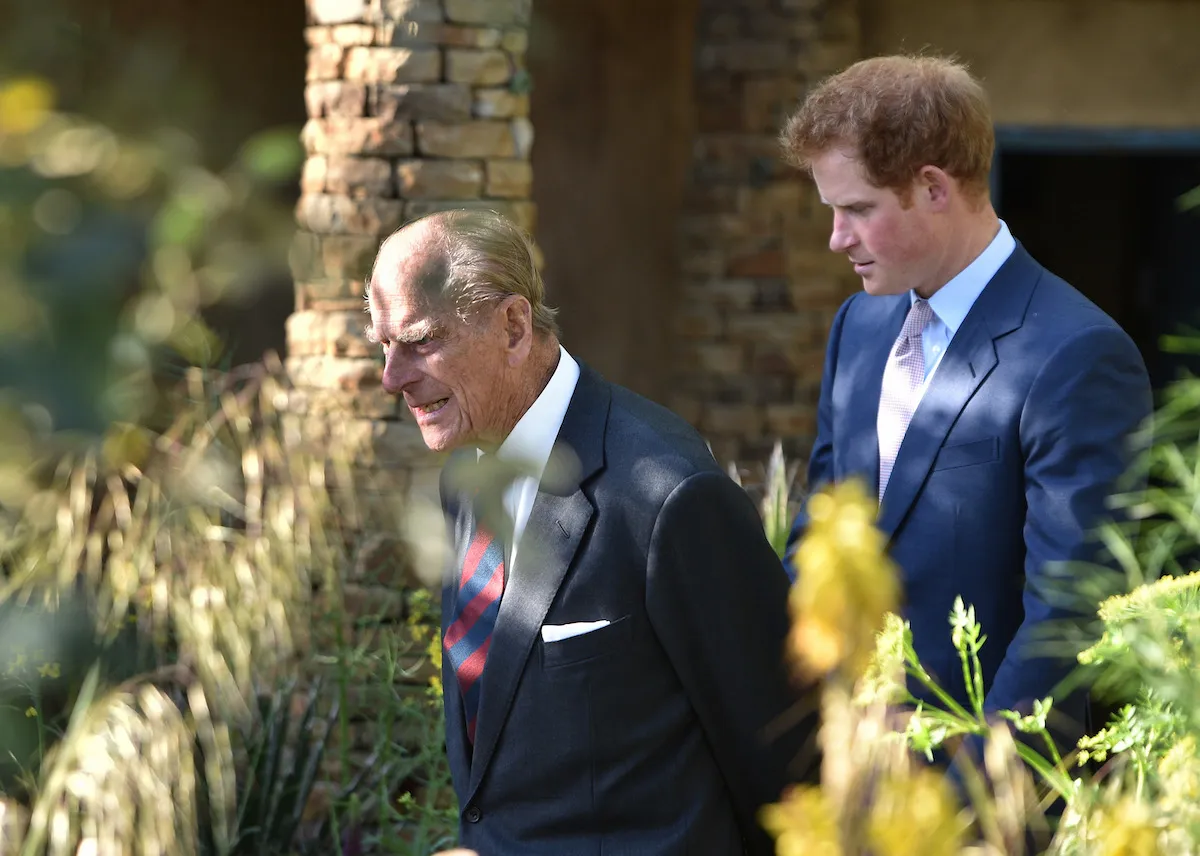Born in Corfu, Greece in 1921, the “Iron Duke”—as he was known for his devotion to physical fitness, robust participation in sports, and incredible stamina—would have celebrated his 100th birthday on June 10. He had been staying at Windsor Castle since March of 2020 when he and the Queen decided to self-isolate at the height of the pandemic. Previously, since his retirement from public life in 2017, the Duke of Edinburgh had been staying at Wood Farm, a five-bedroom royal retreat on the Sandringham Estate, after spending 65 years supporting the Queen as she carried out her role as monarch. At 95 years old, Philip still enjoyed carriage driving and was last spotted riding around Windsor Castle in 2019. He spent most of his time in the last few years painting, reading, and connecting with old friends. Keep reading to relive the highlights of Prince Philip’s life and the ways he changed the Royal Family. And for a sweet story you may not know about him, check out The Secret Nickname Prince Philip Had for Queen Elizabeth.ae0fcc31ae342fd3a1346ebb1f342fcb Read the original article on Best Life. In 1947, Philip renounced his claim to the Greek throne and became a British citizen known as Lt. Philip Mountbatten, taking the surname of his uncle Lord Mountbatten. Even with Philip’s willingness to sideline his Greek heritage, many Palace insiders did not consider an exiled prince with “liberal” attitudes and connections to Germany the perfect match for Princess Elizabeth. Philip, who was widely known for his brisk, no nonsense manner, was considered by some insiders to be “ill-mannered.” The prince’s love story with the Queen began in 1934 when they met at the wedding of Philip’s cousin Princess Marina of Greece. Then-13 year-old Princess Elizabeth fell for the dashing 18-year-old naval officer and wrote letters to him throughout her teen years. Elizabeth’s father, King George VI, agreed to announce the couple’s official engagement on July 9, 1947 once the princess turned 21 years old, though they had been secretly engaged for some time. A few months later, on Nov. 20, 1947, the couple married at Westminster Abbey in front of 2,000 guests. Fifty years later, during Queen Elizabeth’s speech on their golden anniversary in Nov. 1997, she praised Prince Philip saying, “He has, quite simply, been my strength and stay all these years, and I, and his whole family, and this and many other countries, owe him a debt greater than he would ever claim, or we shall ever know.” Philip and Elizabeth moved into Buckingham Palace upon returning from their honeymoon only to find that there were still courtiers who treated the prince as an outsider. His life had changed in every way and his independent streak sometimes proved problematic. Despite all that, his marriage to Elizabeth flourished and soon, Prince Charles was born in Nov. 1948, with Princess Anne arriving two years later in Aug. 1950. Philip’s life underwent more seismic changes while on a trip to Kenya with Elizabeth in Feb. 1952 when his 25-year-old wife became Queen of England. The prince now had to adhere to a different set of royal protocols as husband of the monarch, including having to walk a few paces behind Her Majesty and refer to her as “ma’am” when out in public. The prince once told a biographer, “I had to try to support the Queen as best I could without getting in the way.” Determined to carve out a clearly defined role for Philip, Elizabeth named him chairman of the coronation committee, a largely ceremonial role. At the ceremony, he knelt before his wife—and his Queen—and pledged his loyalty, saying, “I, Philip, Duke of Edinburgh, do become your liege man of life and limb, and earthly worship.” And for more about this monarch, check out 13 Secrets About Queen Elizabeth Only Royal Insiders Know. When it was decided the family name would be Windsor instead of Mountbatten, Philip’s adopted surname, the deeply disappointed prince reportedly said, “I am the only man in the country not allowed to give his name to his own children.” Still, with the birth of Prince Andrew in Feb. 1960 and Prince Edward in Mar. 1964, Philip ruled the royal roost over his four children and made nearly all the household decisions while the Queen carried out her responsibilities. By all accounts, the prince was a doting and fun-loving father, but he was often at odds with his eldest son. He insisted the young prince attend Gordonstoun School, known for its rigorous physical activities and spartan living accommodations, while the Queen wanted Charles to carry on the royal tradition and attend Eton College. Philip won out, but Charles was mercilessly bullied and was miserable at the school. The experience created distance between father and son that never fully dissipated. And for another bullied royal, check out The Real Reason Kate Middleton Was Bullied in School. In 1968, it was Philip who, along with a group of his supporters, decided the family would participate in a documentary about their lives behind Palace walls to help humanize them at a time of social upheaval in England. The two-hour film, The Royal Family, showed Philip, Her Majesty, Charles, Anne, Andrew, and Edward at the breakfast table and picnicking at Balmoral among other activities. It was a smash with viewers, garnering 400 million viewers, but the Queen was horrified by the final result and banned the film from ever being shown again. At the height of the War of the Wales once the marriage of Charles and Princess Diana imploded, Philip angered his son when he seemed to side with Diana. In a show of support, he wrote a series of letters to Diana in 1992 in which he reportedly offered to be the intermediary in an attempt to help her save her marriage. In one particularly telling missive, Philip wrote: “I can only repeat what I’ve said before, if invited, I will always do my utmost to help you and Charles to the best of my ability. But I am quite ready to concede that I have no talent as a marriage counsellor.” The famously outspoken prince was candid about his son’s affair with Camilla Parker Bowles, telling Diana: “Charles was silly to risk everything with Camilla for a man in his position. We never dreamed he might feel like leaving you for her. I cannot imagine anyone in their right mind leaving you for Camilla. Such a prospect never even entered our heads.” He closed the letter with: “With fondest love—Pa.” And for another surprising royal romance scoop, check out This Royal Once Encouraged Prince William to Break Up With Kate Middleton. In later years, Philip became an important mentor and confidant to his young grandsons, Prince William and Prince Harry, keeping them active with plenty of outdoor activities as they worked through their grief after Diana died in 1997. Prince Philip grew particularly close to Harry, and mere months after recovering from a hip replacement, the 96-year-old prince walked into Windsor Chapel unassisted for Harry’s wedding to Meghan Markle in 2018. Philip was hugely influential in Harry’s life, in large part because of their shared dedication for the military. When Philip retired, Harry took over one of his most important roles as Captain General Royal Marines. When Harry and Meghan announced they were stepping down from their senior royal roles, an insider told Best Life the Duke of Edinburgh went from “furious to deeply saddened.” According to the insider, Philip was “seething with anger” at first, asking, “Bloody h***, what do they think they’re doing?” He was so incensed when the Sussex Summit was taking place at Balmoral in 2020 that he insisted on being driven off the estate while the Queen, Charles, William, and Harry were left to negotiate Megxit. When Harry and Meghan had their first child, they honored Philip by naming their son Archie Mountbatten Windsor. The couple had planned a visit back to England last summer to see the royal family, but ongoing restrictions due to COVID kept them away. At the time of his death, Philip had not seen his great-grandchild since 2019. And for more on the future of the House of Windsor, check out Can the Monarchy Survive Without Queen Elizabeth? Diane Clehane is a New York-based journalist and author of Imagining Diana and Diana: The Secrets of Her Style.
